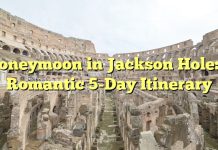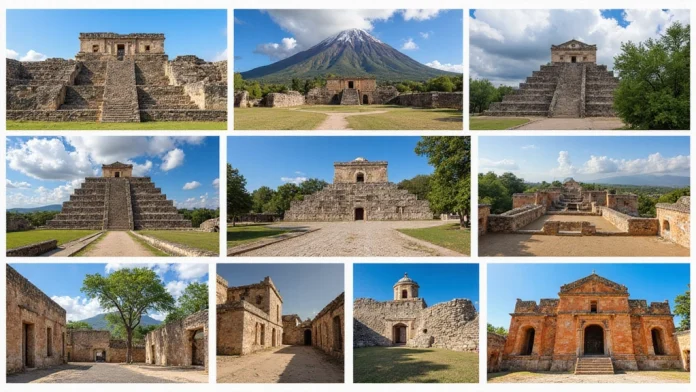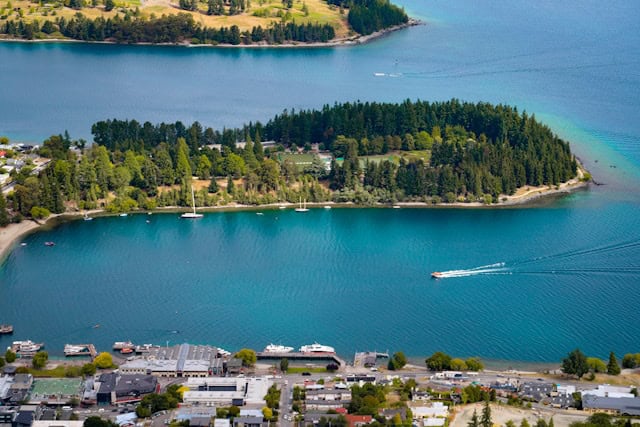10 Breathtaking Historical Sites in Mexico That Will Leave You Speechless!
Mexico is a treasure trove of historical sites, blending vibrant culture and stunning architecture that tell tales of ancient civilizations.
From majestic ancient ruins to intricately designed colonial structures, each site offers a glimpse into the rich tapestry of Mexico’s past. Travelers not only get to step back in time but also experience the cultural heritage that is alive and thriving in modern Mexico. Let’s take a journey through ten breathtaking historical sites that will captivate your senses and leave you yearning for more.
1. Chichen Itza: The Jewel of the Maya
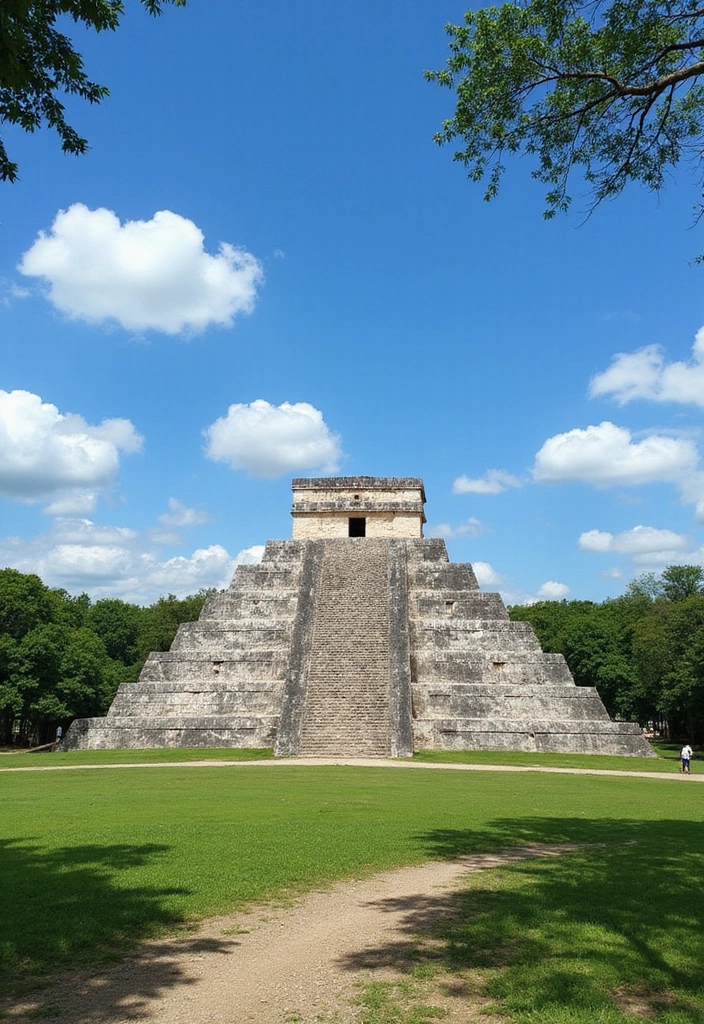
Chichen Itza stands as one of the most iconic ancient ruins in Mexico, a UNESCO World Heritage Site that attracts millions each year. This archaeological wonder dates back to the 7th century and showcases the grandeur of the Maya civilization.
At the heart of Chichen Itza is the magnificent El Castillo pyramid, which is also known as the Temple of Kukulkan. Each year during the equinox, the sun casts a shadow that creates the illusion of a serpent slithering down the stairs—a spectacle that draws tourists from all over the world.
Wandering through the site, you’ll find other remarkable structures, including the Great Ball Court and the Temple of the Warriors, each revealing fascinating insights into Mayan culture and astronomy.
To avoid crowds, arrive early in the morning or later in the afternoon. Hiring a local guide can enrich your experience, allowing you to appreciate the intricate details and historical significance of each building.
Chichen Itza was a thriving city, not just a religious center—it was a hub for trade, politics, and education, with a complex social structure that is still being unraveled by archaeologists today.
2. Teotihuacan: The City of Gods
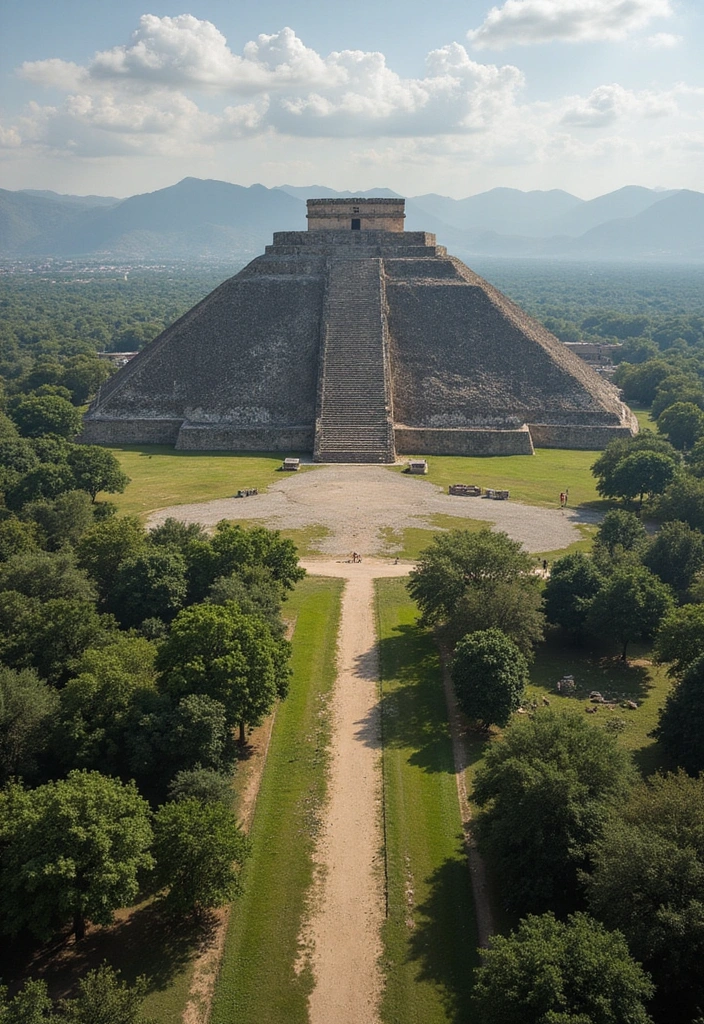
Teotihuacan, located just outside of Mexico City, is one of the most significant pre-Columbian cities in the Americas. Known as the ‘City of the Gods’, its massive pyramids and expansive ruins echo the architectural genius of its builders.
The Pyramid of the Sun, one of the largest in the world, looms over the city with its impressive height. It offers breathtaking panoramic views when you conquer its 248 steps. Just a short walk down the Avenue of the Dead takes you to the Pyramid of the Moon, which is equally magnificent.
Roaming through Teotihuacan, you’ll encounter murals that reveal the artistic talents of the people who once inhabited this great city. The craftsmanship is evident in the detailed frescoes that depict rituals and daily life.
Walking shoes are a must as the site is vast. Early morning visits also mean cooler weather and fewer tourists. Consider exploring with a guide for deeper insights into the mystical past of this incredible place.
At its peak, Teotihuacan was one of the largest cities in the world, with a population of up to 200,000, a multicultural hub that influenced neighboring regions in profound ways.
3. Tulum: The Coastal Fortress
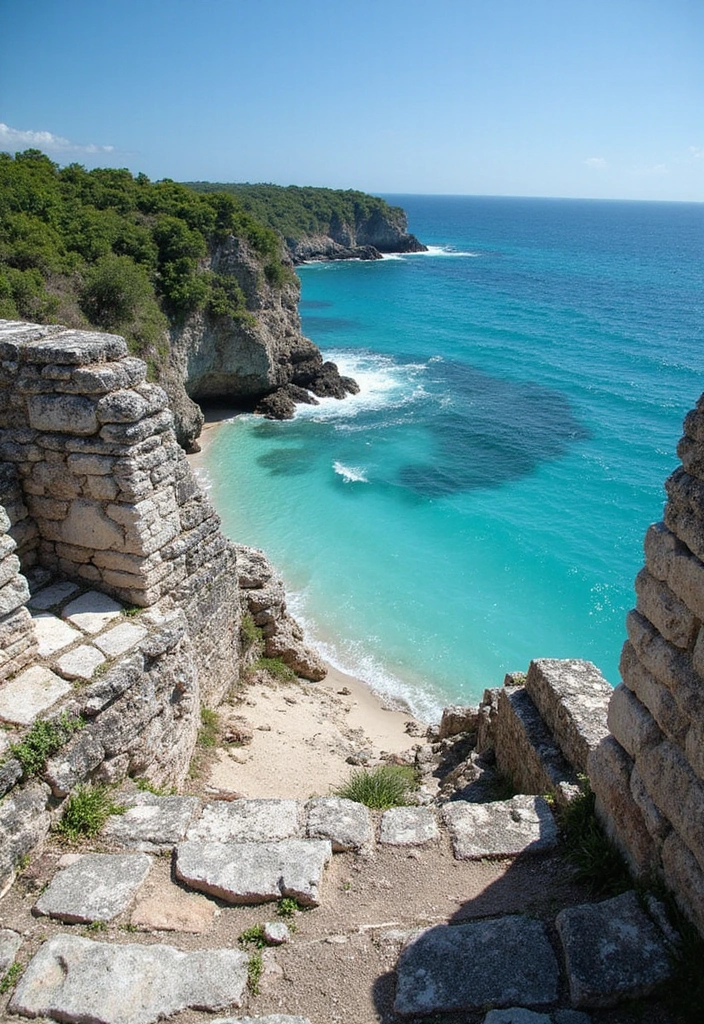
Perched on a cliff overlooking the Caribbean Sea, Tulum is a stunning seaside ruin that offers a unique blend of natural beauty and historical intrigue. As one of the last cities built by the Maya, Tulum boasts a remarkable coastal view that enhances its charm.
The fortress walls that enclose Tulum are a sight to behold, providing a striking contrast to the vivid blue waters. The Temple of the Frescoes features remarkable murals that echo ancient rituals and the religious significance of the site.
Visitors can also enjoy the nearby beaches, making Tulum a popular spot for both history buffs and beach lovers. The combination of archaeological wonders and pristine nature makes it a must-visit destination.
Plan your visit in the early hours to beat the heat and crowds. Don’t forget your swimsuit for a refreshing dip right after exploring the ruins.
Tulum’s strategic location made it a key trading port, where goods like jade and cotton were exchanged, linking the Maya with other Mesoamerican cultures.
4. Monte Alban: The Mountain of the Gods
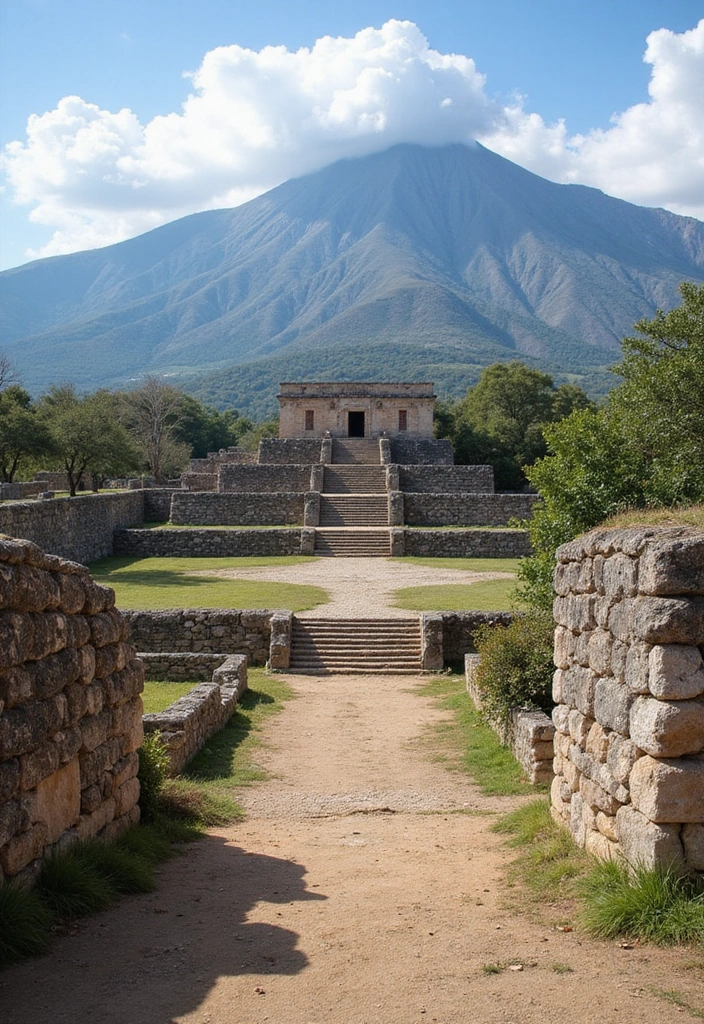
Nestled in the mountains of Oaxaca, Monte Alban stands as a testament to the Zapotec civilization. This ancient site, dating back to 500 BC, showcases the incredible engineering skills of its creators, perched on a plateau with stunning panoramic views.
The vast plazas, terraces, and pyramids provide insight into the social and political life of this ancient city. The Ball Court and the Tomb of the Dancers are particularly significant, revealing the artistic and ritualistic practices of the Zapotecs.
Exploring Monte Alban is not just about history; it’s a chance to connect with nature as you stroll among centuries-old stone structures surrounded by breathtaking landscapes.
Make sure to wear comfortable shoes as the site involves some walking on uneven ground. The best time to visit is during sunrise or sunset for picturesque views.
Monte Alban was not only a ceremonial center but also served as a political hub, influencing the entire region for centuries.
5. Palenque: The Enigmatic Ruins
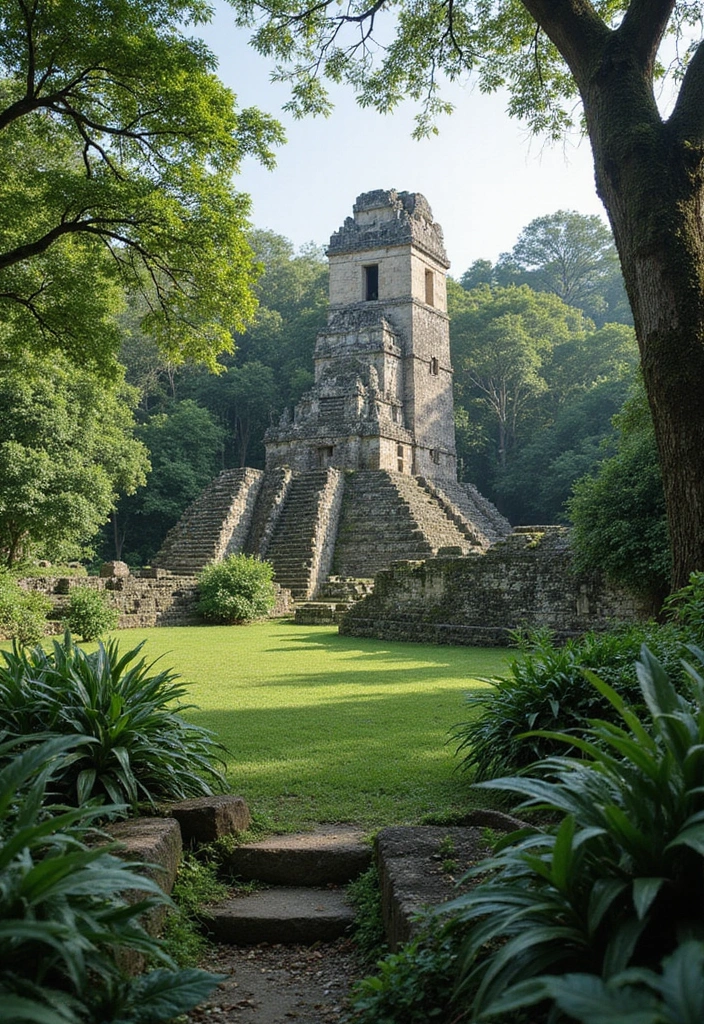
Palenque is often recognized as one of the most extraordinary Mayan cities, hidden within the lush jungles of Chiapas. This UNESCO World Heritage Site is famous for its stunningly preserved ruins and intricate carvings that tell tales of the powerful rulers who once inhabited the city.
The Temple of the Inscriptions is perhaps the most iconic structure here, housing the tomb of the great ruler Pakal. Visitors can marvel at the elaborate hieroglyphics and detailed stone work that line the ruins, offering glimpses into the royal life of ancient Maya.
Wandering through the site, you can feel the presence of history under the dense canopy of trees, where howler monkeys and exotic birds add to the vibrant atmosphere.
Bring insect repellent to fend off jungle bugs. Guided tours can enhance your visit with stories of the site’s historical significance.
Palenque was a flourishing city, not just known for its architecture but also for its contributions to art and literature, showcasing the sophistication of Mayan culture.
6. Chacchoben: The Hidden Gem
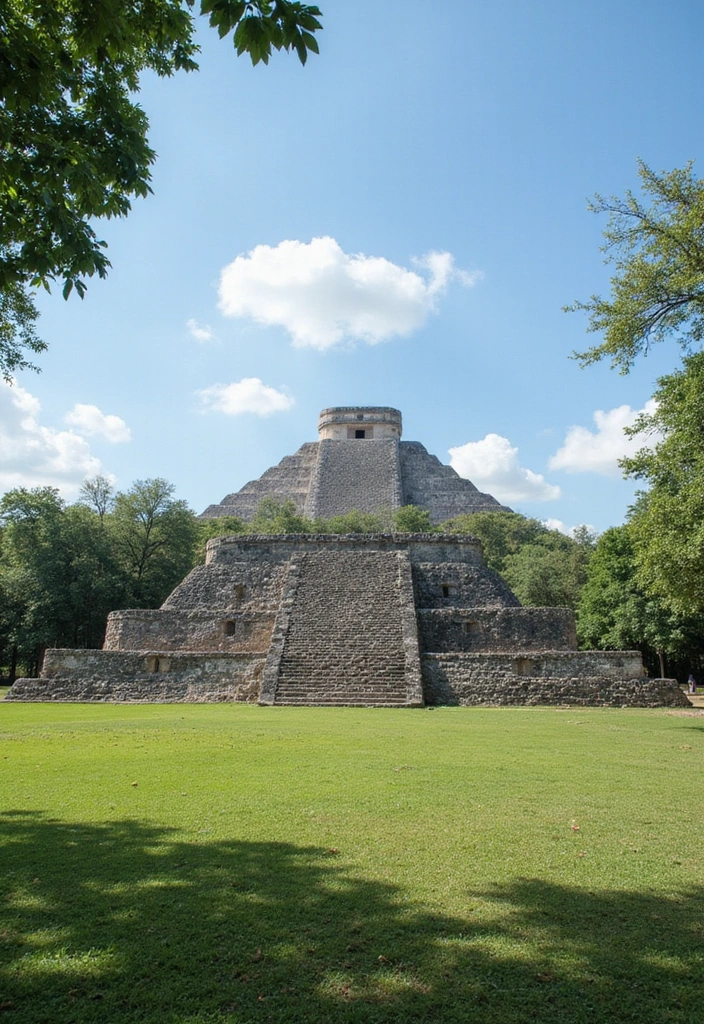
Chacchoben is a lesser-known historical site that offers an intimate glimpse into Mayan civilization. Located near the Costa Maya, this archaeological site has been thoughtfully preserved, making it perfect for an immersive experience away from the typical tourist spots.
The site features impressive pyramids and temples, including the Temple of the Red Hands, known for its fascinating history surrounding the site’s ancient rituals. Exploring Chacchoben feels like a discovery, as you wander through the lush vegetation and uncover the stories of the past.
What sets Chacchoben apart is its tranquil environment. Unlike larger sites, you can truly soak in the beauty and majesty of the ruins without the crowds.
Take your time to enjoy the surroundings and capture stunning photographs. A guided tour can provide insights into the ancient Mayan way of life.
Chacchoben’s restoration efforts have allowed it to thrive, showcasing the importance of preserving cultural heritage for future generations.
7. Uxmal: The City of the Three Times

Uxmal is an architectural wonder that exemplifies the Puuc style of Maya architecture, characterized by intricate stone mosaics and grand structures. This UNESCO World Heritage Site is known for its highly decorative buildings, with the Governor’s Palace being a standout feature.
The pyramid at Uxmal, known as the Pyramid of the Magician, is unique due to its oval shape and the myth that it was built overnight by a sorcerer. The rich history and craftsmanship on display provide a fascinating look into Mayan engineering.
Visitors can explore the well-maintained pathways that lead to the various temples and courtyards, immersing themselves in the beauty and grandeur of this ancient city.
Take a guided tour to truly appreciate the rich history of Uxmal. Don’t miss the light and sound show held in the evenings for an enchanting experience.
Uxmal is not just an archaeological site; it was also a sophisticated urban center with a vast network of roads connecting it to other Mayan cities.
8. Zacatecas Cathedral: Baroque Splendor
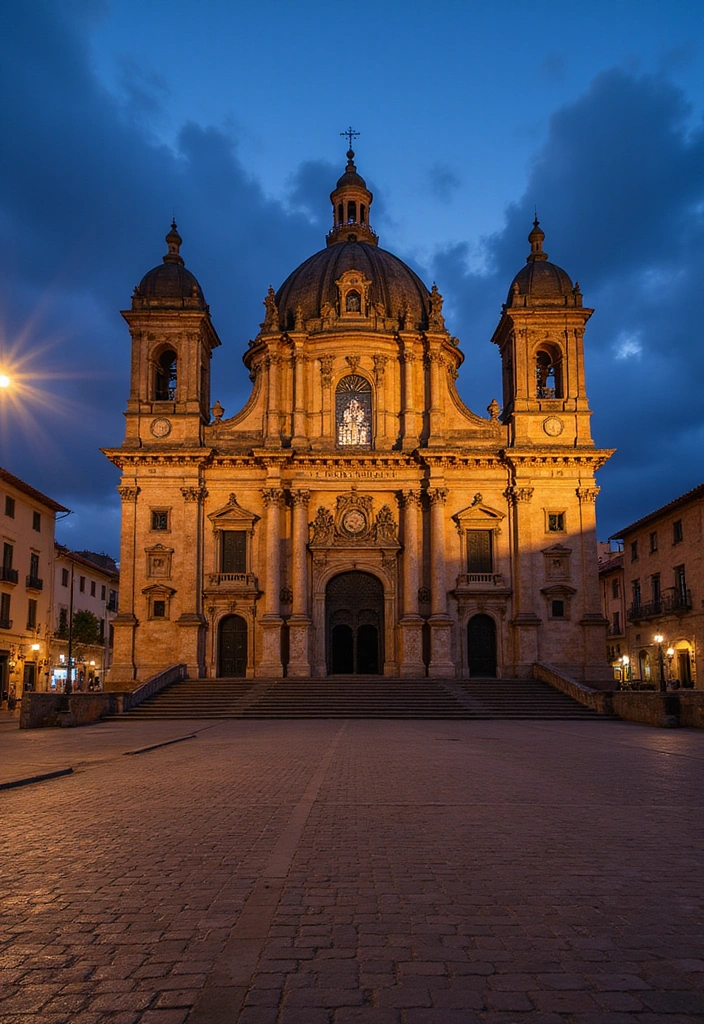
The Zacatecas Cathedral, a stunning example of Baroque architecture, is a masterpiece that enchants visitors with its intricate details. Located in the heart of Zacatecas, this cathedral is a symbol of the city’s rich colonial history.
The facade is adorned with ornate carvings and sculptures that reflect the artistic flair of the period. Inside, the cathedral boasts beautiful altars and frescoes that narrate biblical stories, captivating anyone who steps inside.
The surrounding plazas and colonial buildings fill the area with life, offering a perfect backdrop for leisurely strolls and delightful photography opportunities.
Visit during the evening when the cathedral is illuminated, creating a magical atmosphere. Don’t forget to explore the surrounding streets filled with local artisan shops.
Zacatecas played a crucial role during the Mexican War of Independence, adding an additional layer of historical significance to this architectural gem.
9. El Tajin: The Wind God’s City
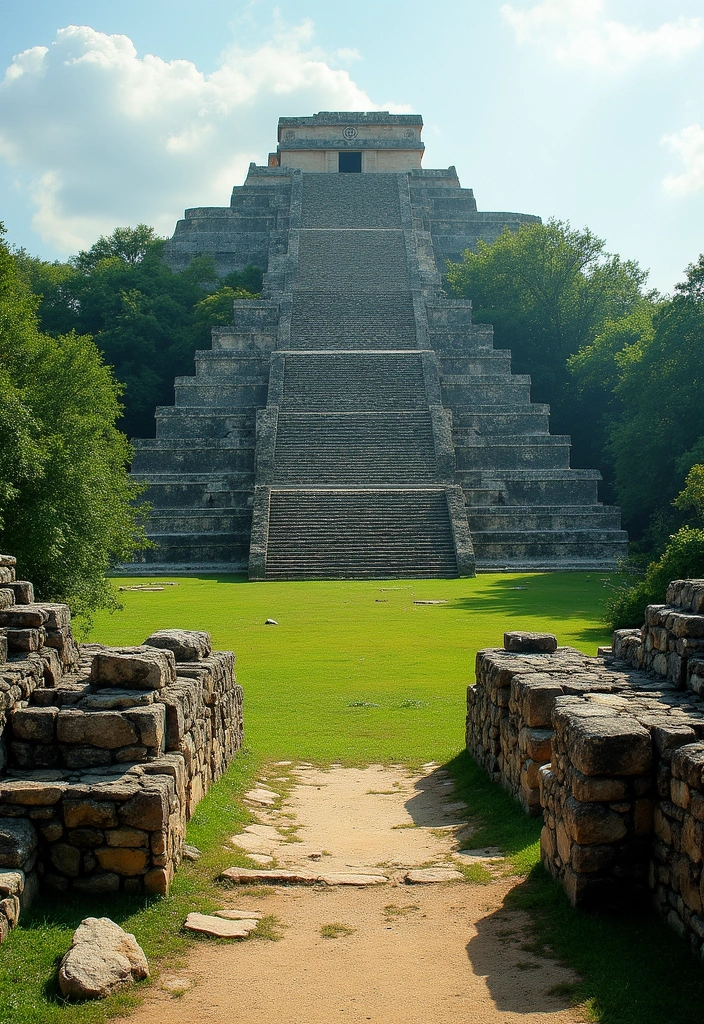
El Tajin is a stunning archaeological site in Veracruz, renowned for its unique architectural style and the famous Pyramid of the Niches. This UNESCO World Heritage Site is a testament to the Totonac culture and is rich in history and significance.
The site features remarkable structures adorned with intricate carvings and reliefs, providing insight into the rituals and daily lives of its inhabitants. The Pyramid of the Niches, with its intriguing design of 365 niches, is believed to symbolize the calendar.
Walking through El Tajin, you feel the energy of the past, enhanced by the lush landscapes that surround it. This place isn’t just about the ruins; it’s about connecting with the spirit of the ancient civilization.
Visit during the cooler months for a more comfortable experience. Don’t miss the annual Totonac Festival, where you can witness traditional dances and rituals.
El Tajin was an important cultural and political center that influenced regions far beyond its borders, showcasing the sophistication of Totonac society.
10. Mitla: The City of the Dead
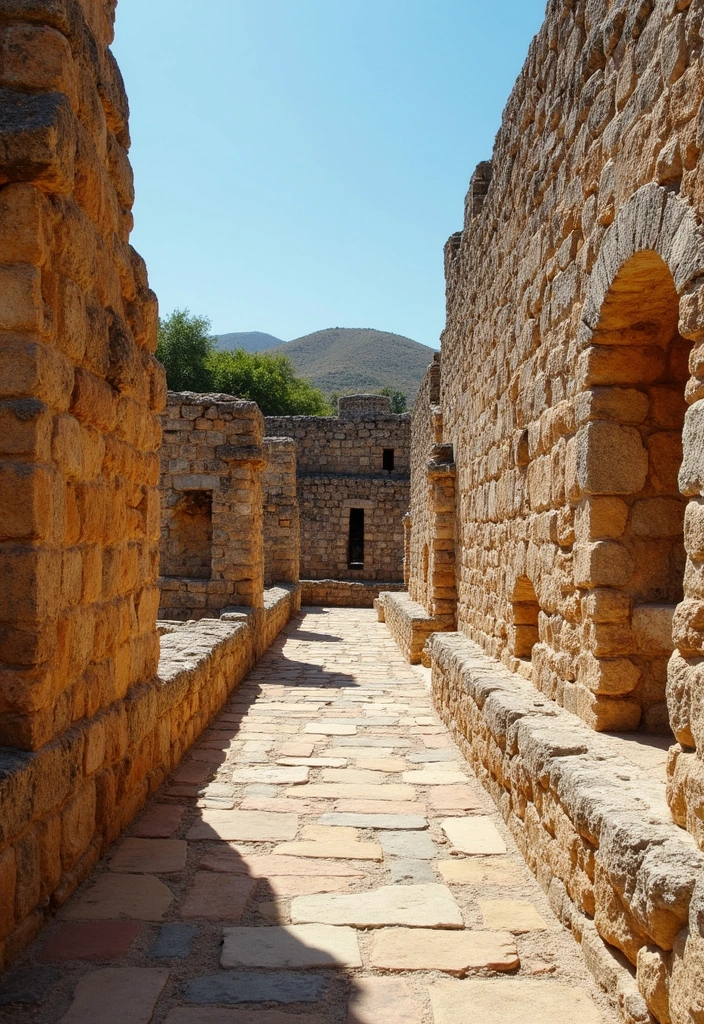
Mitla is a lesser-known but equally mesmerizing archaeological site located in Oaxaca. Unlike many other sites, Mitla is famous for its elaborate mosaics and unique tombs that showcase the artistry of the Zapotec civilization.
The intricate stonework patterns, often resembling geometric shapes, adorn the structures, revealing a sophisticated understanding of art and architecture. The site served as a religious center and burial ground, giving it deep spiritual significance.
Exploring Mitla feels like stepping into a sacred place, where the echoes of the past resonate through the beautifully crafted buildings.
Bring a guide to enrich your understanding of the symbolism behind the designs. Early mornings or late afternoons provide the best lighting for photographs without the harsh sun.
Mitla was a major cultural center and remains a site of spiritual importance for the local Zapotec communities today, bridging the ancient and contemporary worlds.
Conclusion: A Journey Through Time
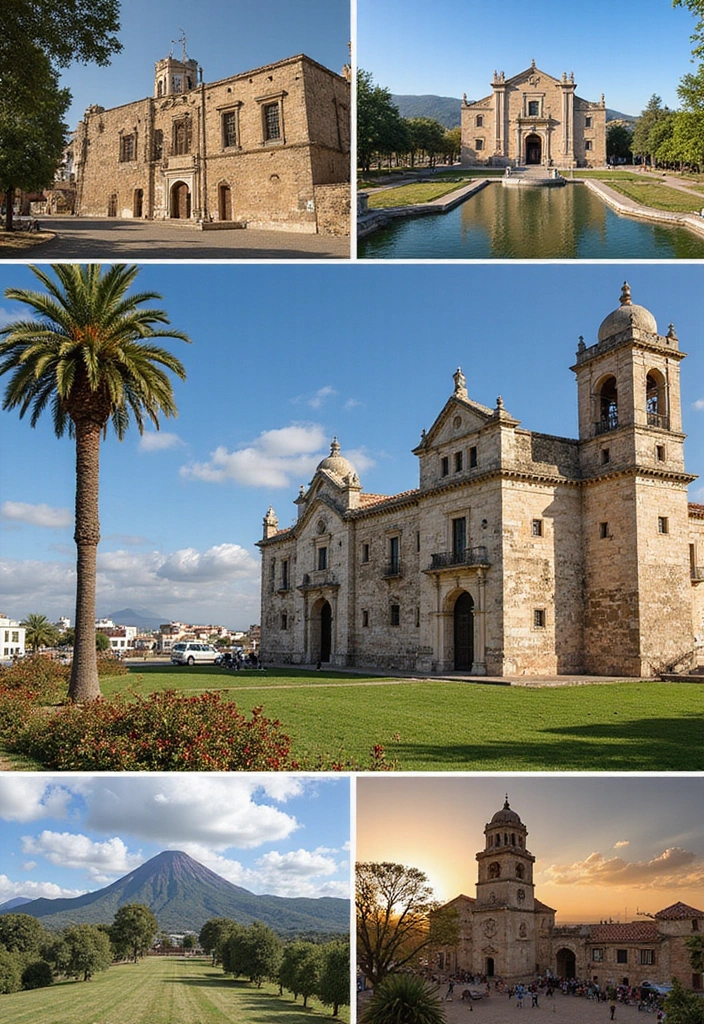
Exploring these historical sites in Mexico opens a window to the past, allowing us to appreciate the incredible feats of ancient civilizations.
Each location offers a unique story, rich cultural heritage, and breathtaking beauty that can leave anyone in awe. Whether you’re wandering through the ruins or marveling at the intricate details, these sites remind us of the deep roots that shape modern Mexico.
Don’t just visit; immerse yourself in the stories they tell, and let the spirit of these places inspire your journey.




